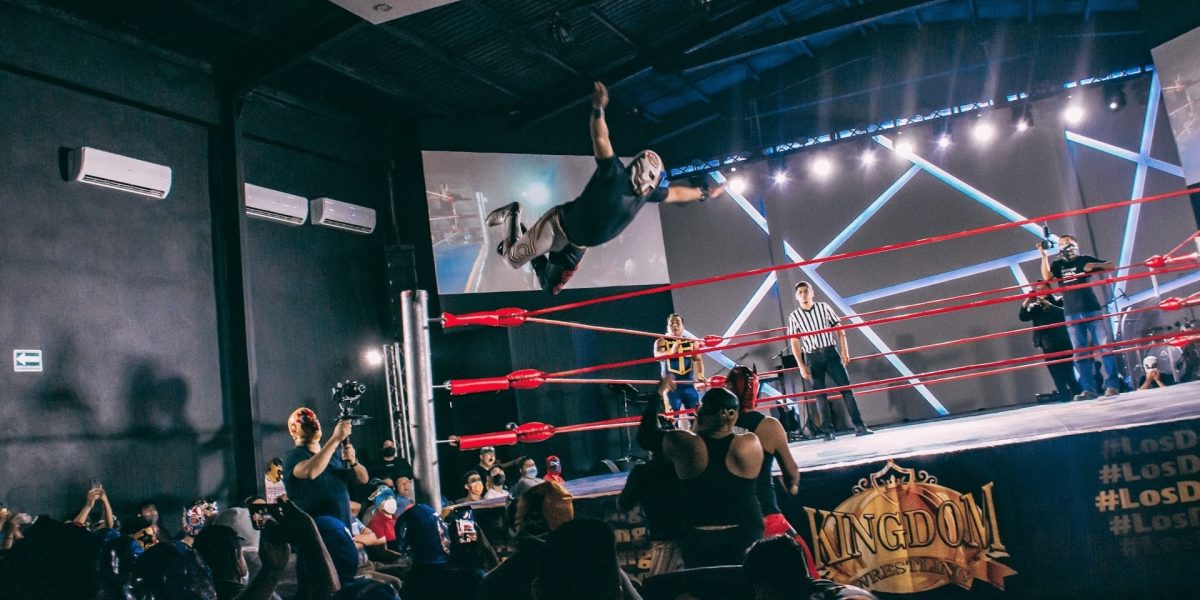Professional wrestling remains one of the most enduring and popular forms of entertainment, captivating audiences across generations. Its unique combination of athleticism, storytelling, and spectacle has cemented its place in popular culture. Despite the knowledge that outcomes are predetermined, fans continue to flock to live events, watch televised matches, and engage with wrestlers on social media. This article explores the key reasons why professional wrestling retains its appeal in a modern world brimming with entertainment options.
Entertainment Value: Drama and Spectacle
Storytelling and Drama
At the heart of professional wrestling is storytelling. The matches are not just athletic competitions but dramatic narratives that unfold in the ring. Wrestlers play characters—heroes (faces) and villains (heels)—embroiled in rivalries, alliances, and betrayals. These ongoing narratives mirror soap operas or serialized dramas, keeping fans invested in the outcomes of each match. The suspense, emotional highs, and cliffhangers create an engaging experience that goes beyond the physicality of the sport.
Spectacle and Showmanship
Professional wrestling is as much about performance as it is about competition. Elaborate entrances, colorful costumes, and pyrotechnics enhance the theatrical experience, creating a spectacle that appeals to a wide audience. From The Undertaker’s eerie entrance to John Cena’s energetic fan interactions, wrestlers use showmanship to connect with their audience and leave a lasting impression.
Athleticism and Skill: A Fusion of Sport and Art
Physical Performance
Wrestlers are highly trained athletes capable of executing complex maneuvers that require strength, agility, and endurance. High-flying acrobatics, hard-hitting slams, and dramatic counters showcase their physical prowess. Matches often involve a grueling combination of athletic feats and choreography, pushing wrestlers to their physical limits.
Choreographed Combat
One of professional wrestling’s unique features is its blend of scripted outcomes and real physicality. While the matches are predetermined, the athleticism and risk involved are very real. Wrestlers endure rigorous training to ensure their moves are both impactful and safe, creating a form of entertainment that combines the best elements of sports and performance art.
Community and Culture: A Shared Experience
Fan Engagement
Professional wrestling has a deeply dedicated fan base that fosters a sense of community. Fans participate in discussions on forums, attend live events, and engage on social media platforms. The chants, cheers, and boos at matches reflect the passion of wrestling enthusiasts. Events like WrestleMania and AEW’s Double or Nothing draw thousands of fans, turning these shows into celebrations of the wrestling community.
Cultural Impact
Wrestling’s influence extends beyond the ring. It has shaped popular culture through catchphrases, merchandise, and iconic moments that transcend the sport itself. Wrestlers like Dwayne “The Rock” Johnson and Hulk Hogan have become household names, while phrases like “Can you smell what The Rock is cooking?” and “Stone Cold said so” have entered everyday vernacular. Professional wrestling’s reach ensures its relevance across generations and demographics.
Nostalgia and Tradition: A Connection to the Past
Generational Appeal
For many fans, professional wrestling evokes a sense of nostalgia. Iconic wrestlers, such as Ric Flair, The Undertaker, and Macho Man Randy Savage, hold a special place in fans’ memories. Parents who grew up watching wrestling often introduce it to their children, creating a generational bond over shared experiences. Wrestling promotions like WWE and AEW cater to this nostalgia by featuring returning legends alongside new talent.
Cultural Significance
In certain regions, professional wrestling holds cultural significance as a traditional form of entertainment. For example, lucha libre in Mexico is celebrated for its vibrant masks and acrobatics, while sumo wrestling in Japan carries deep historical and spiritual importance. These cultural ties ensure that wrestling remains an integral part of local identities and traditions.
Accessibility and Variety: Something for Everyone
Diverse Content
One of the reasons for wrestling’s enduring popularity is its diversity. Promotions like WWE, AEW, NJPW, and Impact Wrestling cater to different tastes and styles, offering something for everyone. Whether fans prefer the high-energy antics of WWE, the gritty realism of AEW, or the technical excellence of NJPW, there is a promotion to match their preferences. This variety ensures that fans remain engaged and find content that resonates with them.
Media Availability
In the digital age, wrestling content is more accessible than ever. Matches, interviews, and behind-the-scenes documentaries are available across television, streaming services, and social media platforms. Fans can watch live events, catch up on missed episodes, or relive classic matches with ease. This widespread availability ensures that wrestling continues to reach new audiences worldwide.
Wrestling’s Enduring Appeal
Professional wrestling endures because it offers a unique combination of storytelling, athleticism, community, and nostalgia. Its ability to blend drama and spectacle with genuine athletic skill makes it a compelling form of entertainment that transcends age, culture, and geography. For fans, wrestling is more than just a sport—it’s an art form, a shared experience, and a connection to cherished memories.
As wrestling promotions continue to innovate and evolve, they ensure that the sport remains relevant in a rapidly changing entertainment landscape. Whether through dramatic storylines, thrilling athletic feats, or the simple joy of watching a hero triumph over a villain, professional wrestling continues to capture the hearts of millions around the globe.








